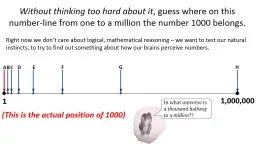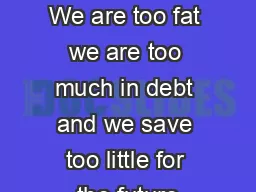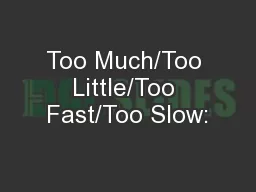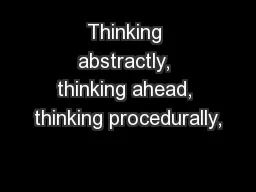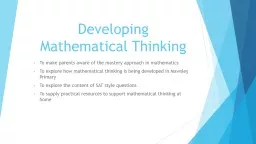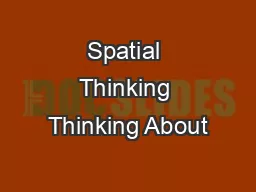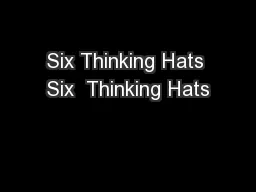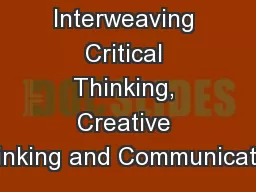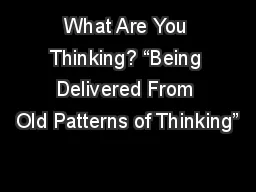PPT-Without thinking too hard about it
Author : jane-oiler | Published Date : 2018-03-01
guess where on this numberline from one to a million the number 1000 belongs Right now we dont care about logical mathematical reasoning we want to test our natural
Presentation Embed Code
Download Presentation
Download Presentation The PPT/PDF document "Without thinking too hard about it" is the property of its rightful owner. Permission is granted to download and print the materials on this website for personal, non-commercial use only, and to display it on your personal computer provided you do not modify the materials and that you retain all copyright notices contained in the materials. By downloading content from our website, you accept the terms of this agreement.
Without thinking too hard about it: Transcript
Download Rules Of Document
"Without thinking too hard about it"The content belongs to its owner. You may download and print it for personal use, without modification, and keep all copyright notices. By downloading, you agree to these terms.
Related Documents

